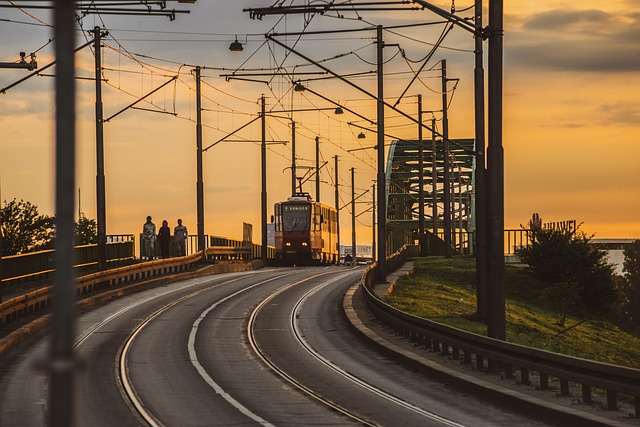The world we inhabit is facing unprecedented challenges, and the concept of green infrastructure is becoming increasingly essential in addressing these issues. Green infrastructure not only provides a framework for transportation sustainability but also serves as a vital component of rural development. It’s an innovative approach that intertwines economic growth with environmental responsibility and social equity, forging pathways toward a more sustainable future.
In urban areas, transport sustainability can be significantly enhanced through the integration of green infrastructure. Consider the implementation of permeable pavements and green roofs in cities. Such initiatives not only help reduce stormwater runoff, minimizing flooding risks but also improve air quality by absorbing pollutants. Adding bike lanes, walking paths, and public transit options reduces the reliance on fossil fuel-driven vehicles, leading to lower greenhouse gas emissions. This holistic approach encourages healthier lifestyles while simultaneously promoting efficient, environmentally friendly transportation systems.
Moreover, green infrastructure plays a pivotal role in rural development. Rural areas often bear the brunt of environmental challenges such as soil erosion and water scarcity. By investing in green infrastructure, communities can create sustainable agricultural practices that preserve natural resources and foster biodiversity. For instance, rain gardens and constructed wetlands are effective in managing agricultural runoff, promoting healthier ecosystems. These solutions not only bolster local food systems but also create economic opportunities through the development of eco-tourism and agritourism.
Additionally, enhancing access to public transportation in rural regions can be a game changer, enabling residents to connect with urban areas for education and employment. Investing in electric bus systems powered by renewable energy or establishing ride-sharing platforms can connect rural communities with larger economic hubs while minimizing environmental impacts. These steps cultivate a more inclusive society where mobility is not just a privilege for city dwellers but a right for all.
As awareness grows regarding climate change and sustainability, the necessity for green infrastructure in transport and rural development becomes increasingly evident. The convergence of economic and environmental goals amplifies resilience against climate-related challenges. Policymakers, businesses, and communities must collaborate to integrate green infrastructure into their strategic visions, reimagining transportation networks and rural landscapes.
Ultimately, embracing green infrastructure goes beyond mere compliance with environmental regulations; it represents a commitment to a sustainable and equitable future. By prioritizing innovative infrastructure solutions in both urban and rural settings, we pave the way for a tomorrow that honors the planet and nourishes communities. It’s time for us to act and advocate for these essential changes, ensuring our world thrives for generations to come.




